Commentary: The scars from unrest can run deep, for protesters, residents and even authorities
Published in Op Eds
The heavy-handed responses by the Trump administration to ongoing protests in Los Angeles reveal how little imagination our politicians continue to have when it comes to grasping the causes and consequences of social unrest.
Last Friday, in response to increasingly bold and reckless raids by Immigration and Customs Enforcement, Angelenos began large-scale protests. They mobilized in support of family members, friends and neighbors being unscrupulously removed from their communities, often without sound legal justification.
As a behavioral epidemiologist who studies psychological trauma, I spend a lot of time speaking to people about their mental health and what motivates them to act. The aim is to understand what keeps them up at night and what helps keep them grounded, to get a sense of what they’ll do next. It’s an intuitive process. Concern about increasingly untethered ICE raids are clearly one of those things that has kept thousands in Los Angeles up at night, and it directly contributed to the swelling protests and the isolated, unfortunate instances of property destruction and looting.
Scholars also research the aftermath of unrest. Studies of protests from around the world show that rarely do participants leave emotionally unscathed. For both protesters and those protested against, feelings of indignity, frustration and despair often persist well after the protest sites are abandoned. These types of outcomes are even worse when violence — from the protesters, law enforcement or military elements — is part of the equation.
Protests like those in L.A. this week aren’t spontaneous. Their genesis is usually rooted in the perceived denial of their civil rights or physical and psychological safety. A protest is a way of expressing feelings of rejection. Some argue that demonstrations are sometimes a response to collective trauma.
Whatever the spark for the larger social uprisings, most researchers and activists rightfully see destructive riots and looting as primal, unhelpful outgrowths of protests. Vandalism and hooliganism distract from the purposes of constitutionally protected demonstrations— and this blurring is an especially grave danger in an era of mass media and hyper-polarized audiences here in the U.S.
Depending on the quality of your news sources, you might have the sense that Los Angeles is a war zone right now — even though on almost every block, quotidian life is proceeding as normal, and where there has been destruction, it has been minimal.
Reality is not all that matters, however; the perception among many Americans is that L.A. has been consumed by riots and lawlessness, which is precisely President Trump’s hope. He further hopes that people with this misconception eventually come to see very little distinction between an impassioned protest and a riot. Once that happens, he knows they’re more likely to broadly tolerate and acclimate to the kinds of strongman responses that we’re currently seeing.
Americans also disagree widely on when protests are appropriate. A poll conducted in 2023 by YouGov found that people are more likely to find protest tactics acceptable when those tactics are in support of a cause they favor. Apparently, many people wish for those who disagree with them to package their dissent as unassumingly as possible, ideally making it invisible and inaudible.
But some politicians seem almost giddy when their political enemies demonstrate. In the recent protests in L.A., Trump saw a prime opening to send in the National Guard and later Marines, finally scratching an itch he has had — dating back to the summer of 2020 when protesters fanned out across the nation to protest George Floyd’s murder— to use military force on American soil.
L.A., of course, is something of a vanguard when it comes to protests, and in particular to protests that devolve into riots. The city’s civic meltdowns have typically been measured in terms of people killed and property damaged. The Watts riots in 1965, sparked by police brutality against the city’s Black population, killed 34 people and caused $40 million in damage (equivalent to around $300 million today). In the 1992 L.A. riots, another act of resistance in response to police brutality against Black people, 63 people were killed, and losses reached up to a staggering $1 billion (around $2 billion today). Fortunately, so far, there have been very few injuries reported in the current demonstrations, and no deaths. There is no sense yet of the property toll, which is sure to draw a lot of attention from those intent on demonizing the protesters and their cause.
Our real focus should be on the psychological toll. One large study of mental health outcomes following various protests determined that the prevalence of major depression in the affected community increased by 7%, irrespective of how personally involved an individual was in the protest. The prevalence of post-traumatic stress disorder ranges from 4% to a stunning 41% in areas affected by protests, riots and revolutions. And those impacts also radiate to the law enforcement officers who intervene.
For example, in a study of LAPD officers following the 1992 riots, 17% subsequently showed symptoms aligned with post-traumatic stress disorder, including avoidance and emotional resignation. Similar results were observed among law enforcement in Ferguson, Mo. in 2014, following riots there in the aftermath of the murder of a Black teen, Michael Brown. More recently, U.S. Capitol officers reported PTSD-like symptoms after the Trump-inspired insurrection on Jan. 6, 2021.
A major trope in American politics and among free speech advocates is that dissent makes for a healthy democracy. But too much of anything — especially dissent — has become an albatross on the American psyche. And there are deepening consequences to our seemingly never-ending dissent: It’s likely to continue coming in the form of protests and riots.
In the eyes of the average American, the U.S. has been in a perpetual state of unrest for at least the last decade. In the last five years alone, the U.S. has been convulsed by coast-to-coast protests — in the aftermath of Floyd’s murder in Minneapolis at the hands of police, in response to Israel’s ongoing assault on Gaza, and now in Los Angeles and elsewhere in the U.S. over ICE’s feckless immigration raids. When the smoke clears, psychological trauma lingers in those who were on the protest grounds, and even those vicariously exposed to it through social media and TV reports.
If the response to protests or riots is militarization, and we normalize it, Pandora’s box will be opened. It perhaps already has been with Trump’s quixotic decision to send unneeded troops to L.A. The militarization of a community, whether in the form of short-term interventions or long-term occupations, is rarely received well by those who must live with it. At best, we consider intrusions by policing officials a necessary evil. At least when it comes to our own communities, most of us appear to prefer to live in spaces that are reasonably policed but still governed by elected representatives. We’re at a precarious moment now when we can envision how that could be lost — as we see Trump’s effort to militarize Los Angeles and America more broadly through ICE and other authoritarian intimidation tactics.
However one feels about the backlash against ICE, or the federal government’s reaction to those protesters supporting their immigrant neighbors, most of us likely agree that the political theater and the clashes in the street are bad for the nation — and preventable.
With the ultimate hope of removing the need for protests like these, I’m reminded of what a research participant once told me: We have just as much capacity to create trauma for one another as we have to eliminate it.
_____
Jerel Ezell is an assistant professor and the director of the Center for Cultural Humility at UC Berkeley. He studies the racial and cultural aspects of politics.
_____
©2025 Los Angeles Times. Visit at latimes.com. Distributed by Tribune Content Agency, LLC.
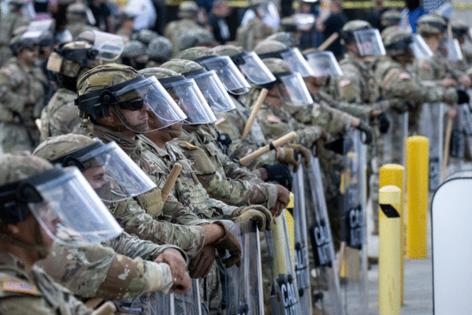


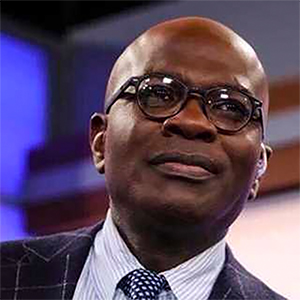

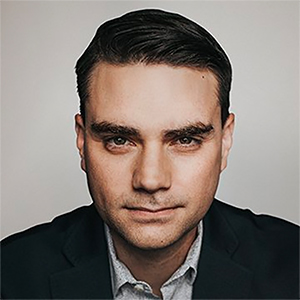

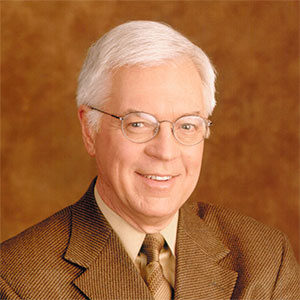









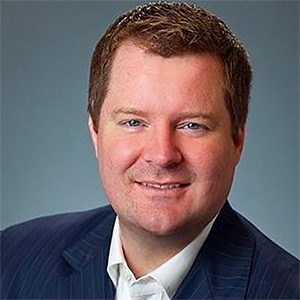





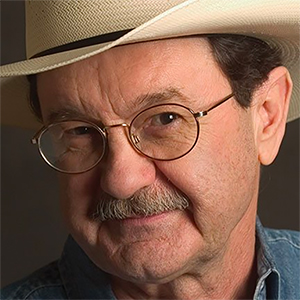

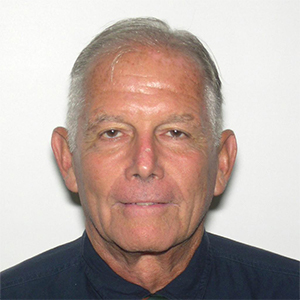

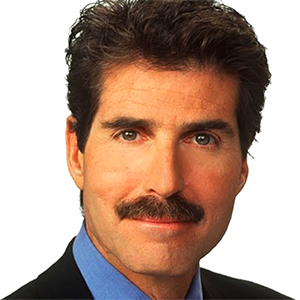

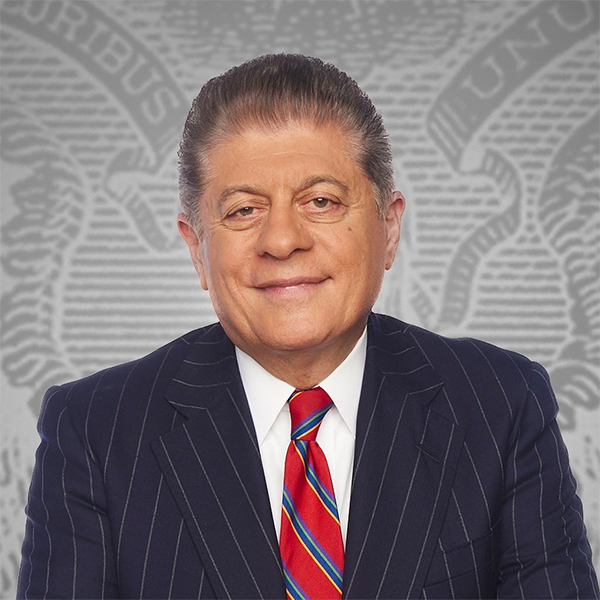







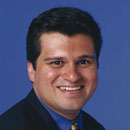






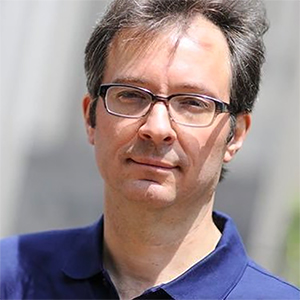





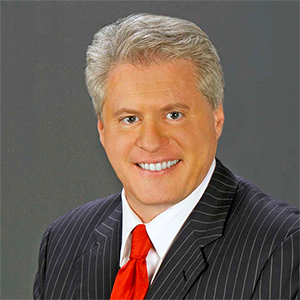
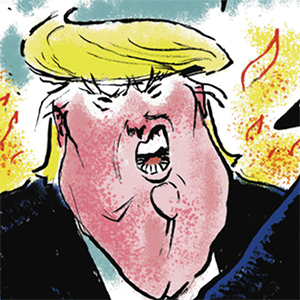
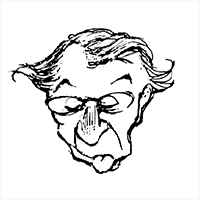

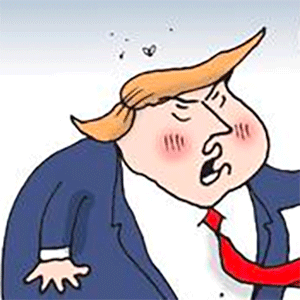

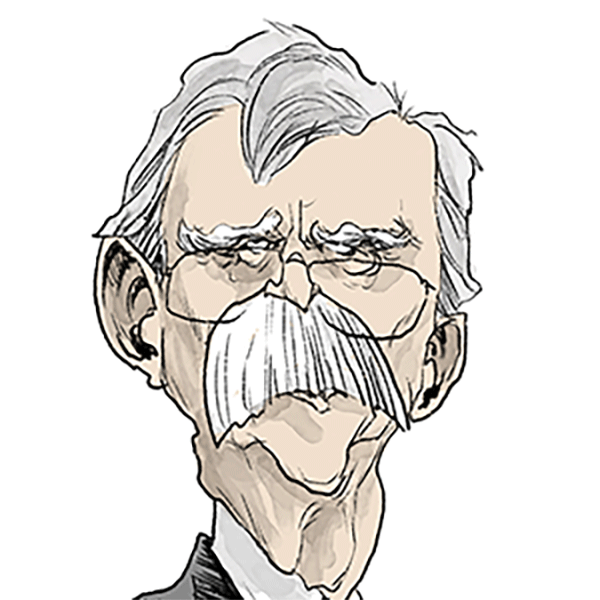
Comments